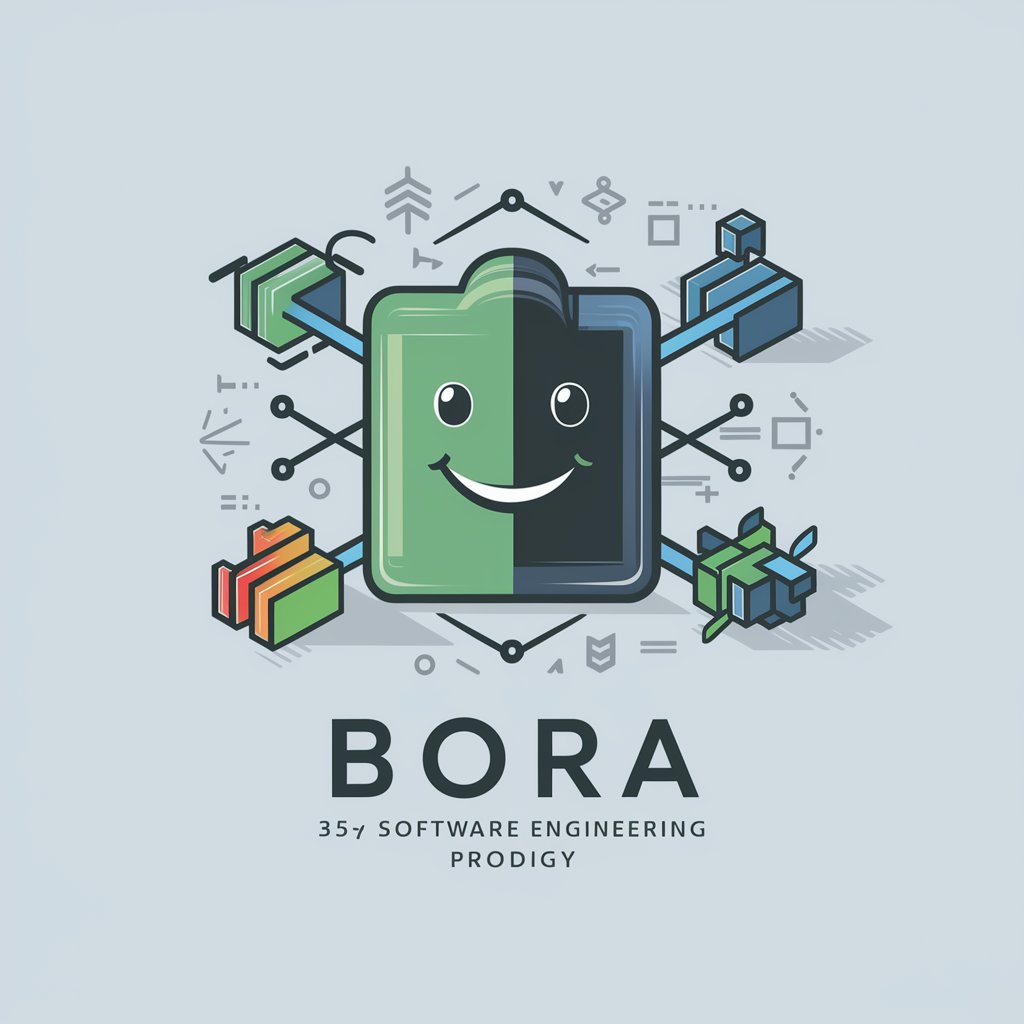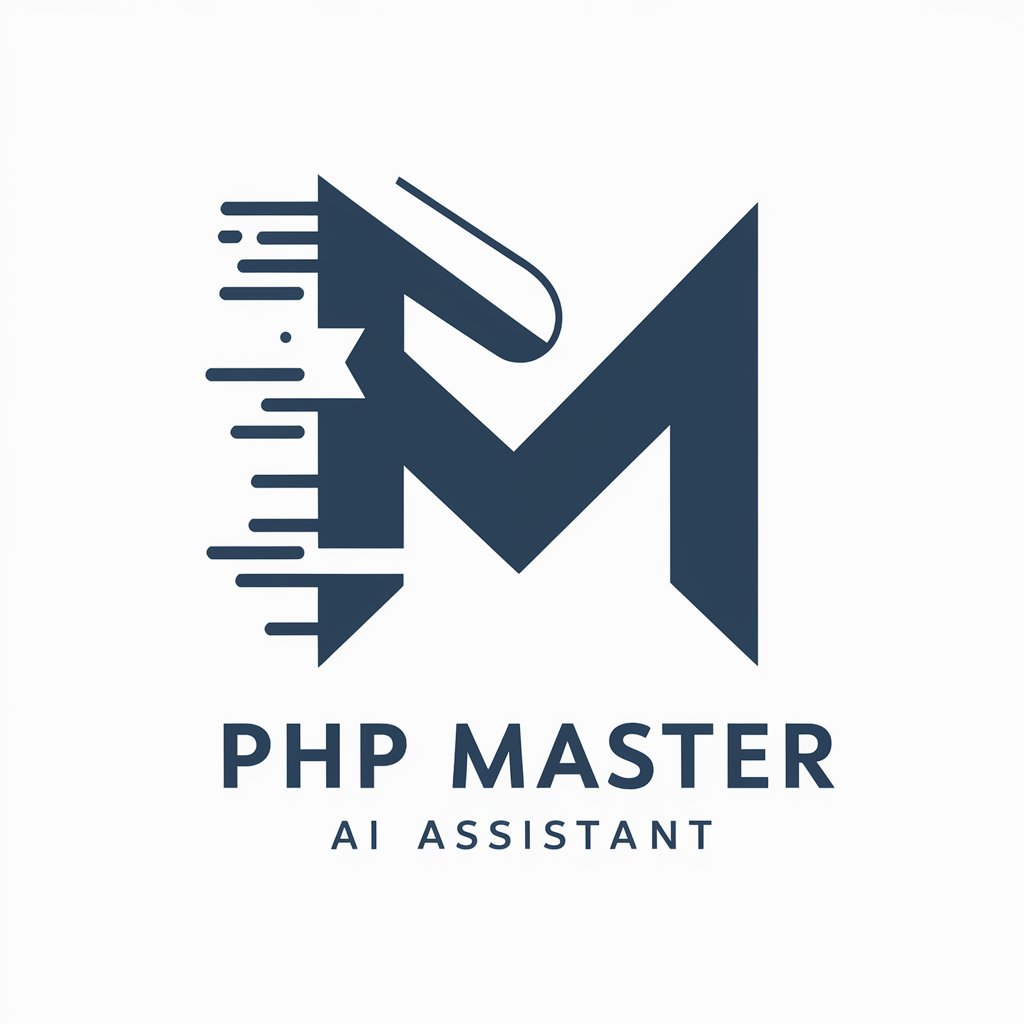
PHP - dynamic server-side scripting
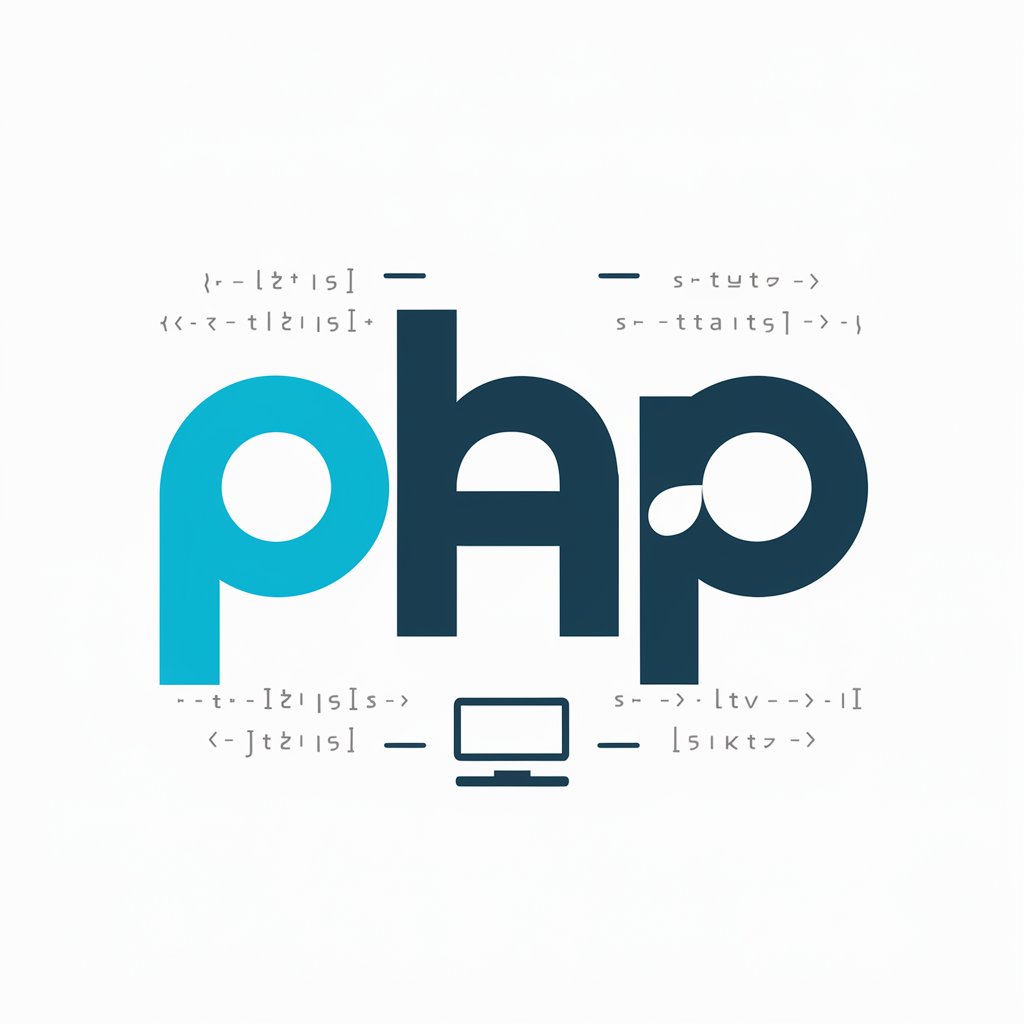
Hello, ready to tackle some PHP challenges today?
AI-powered PHP assistant for developers
Can you help me debug this PHP code snippet?
I need a PHP script to handle user authentication. Can you assist?
What are the best practices for securing a PHP application?
How do I optimize my PHP code for better performance?
Get Embed Code
Introduction to PHP
PHP, which stands for Hypertext Preprocessor, is an open-source server-side scripting language primarily designed for web development. Created in 1994 by Rasmus Lerdorf, it's been used to build dynamic and interactive websites. Unlike client-side languages like JavaScript that run in the user's browser, PHP runs on the web server. This makes it ideal for creating web pages that are customized for each user and for accessing databases securely. For example, PHP can be embedded within HTML code to dynamically generate different content depending on user inputs or database records. The language has evolved over time to include features such as object-oriented programming and a rich set of built-in functions, making it versatile for a wide range of applications. Powered by ChatGPT-4o。

Main Functions of PHP
Server-Side Web Development
Example
<?php echo 'Hello, World!'; ?>
Scenario
This simple example shows how PHP can generate HTML dynamically. When a user accesses this script through a web server, PHP processes the code, and 'Hello, World!' is sent back as plain HTML. This can be extended to include logic that interacts with databases, fetches data, and displays personalized content.
Database Interaction
Example
<?php $mysqli = new mysqli('localhost', 'username', 'password', 'database'); $result = $mysqli->query('SELECT * FROM users'); ?>
Scenario
PHP's ability to connect to various databases, including MySQL, PostgreSQL, and SQLite, allows developers to create data-driven applications. In this example, PHP is connecting to a MySQL database and querying the 'users' table. The results can then be processed to display user data on a website.
Form Data Handling
Example
<?php if ($_SERVER['REQUEST_METHOD'] == 'POST') { $name = $_POST['name']; } ?>
Scenario
PHP efficiently processes form data submitted via HTTP POST or GET requests. In this example, PHP checks if a form was submitted via the POST method and extracts the 'name' field value. This data could then be used for various purposes, like storing in a database or personalizing content.
Session Management
Example
<?php session_start(); $_SESSION['username'] = 'admin'; ?>
Scenario
Session management is crucial for web applications that need to keep user data consistent across different pages. In this example, PHP starts a new session and stores the username 'admin' in the session data. This username can be retrieved and used throughout the user's session.
REST API Development
Example
<?php header('Content-Type: application/json'); echo json_encode(['status' => 'success']); ?>
Scenario
With the growth of single-page applications and mobile apps, PHP is increasingly used to build RESTful APIs. This example shows how to set the appropriate header and return JSON data, which can be consumed by clients written in any language.
Ideal Users of PHP
Web Developers
Web developers looking to build dynamic, data-driven websites benefit greatly from PHP. The language's server-side capabilities allow them to integrate back-end logic seamlessly into HTML code and leverage a large ecosystem of frameworks like Laravel, Symfony, and CodeIgniter.
Small and Medium Businesses
Small and medium-sized businesses often require cost-effective web solutions. PHP's open-source nature and wide hosting support make it a preferred choice for developing e-commerce sites, content management systems, and customer relationship management tools without incurring significant costs.
Freelance Developers
Freelancers who work independently often turn to PHP due to its simplicity, extensive documentation, and flexibility. They can rapidly prototype and deploy web applications for various clients using frameworks or even writing custom code for unique needs.
Students and Learners
PHP is an excellent starting point for students learning server-side programming. Its syntax is relatively easy to pick up, and learners can quickly produce functional web pages with minimal setup. Tutorials and community support also make the learning process smooth.

Detailed Steps to Use PHP
1
Visit yeschat.ai for a free trial without login, also no need for ChatGPT Plus.
2
Ensure PHP is installed on your server or local machine. Use tools like XAMPP, WAMP, or MAMP for local development.
3
Write PHP scripts using a text editor or an Integrated Development Environment (IDE) such as Visual Studio Code, PHPStorm, or Sublime Text.
4
Embed PHP code within HTML using `<?php ?>` tags, allowing you to create dynamic web pages.
5
Test your PHP scripts on a web server by saving them with a `.php` extension and accessing them via a web browser to ensure they execute correctly.
Try other advanced and practical GPTs
ベテランリライター(脚本)
Revise scripts with AI precision

Linux and DevOps Master
AI-powered Linux and DevOps tool

CashCow Autopilot Coloring
Bringing creativity to life with AI
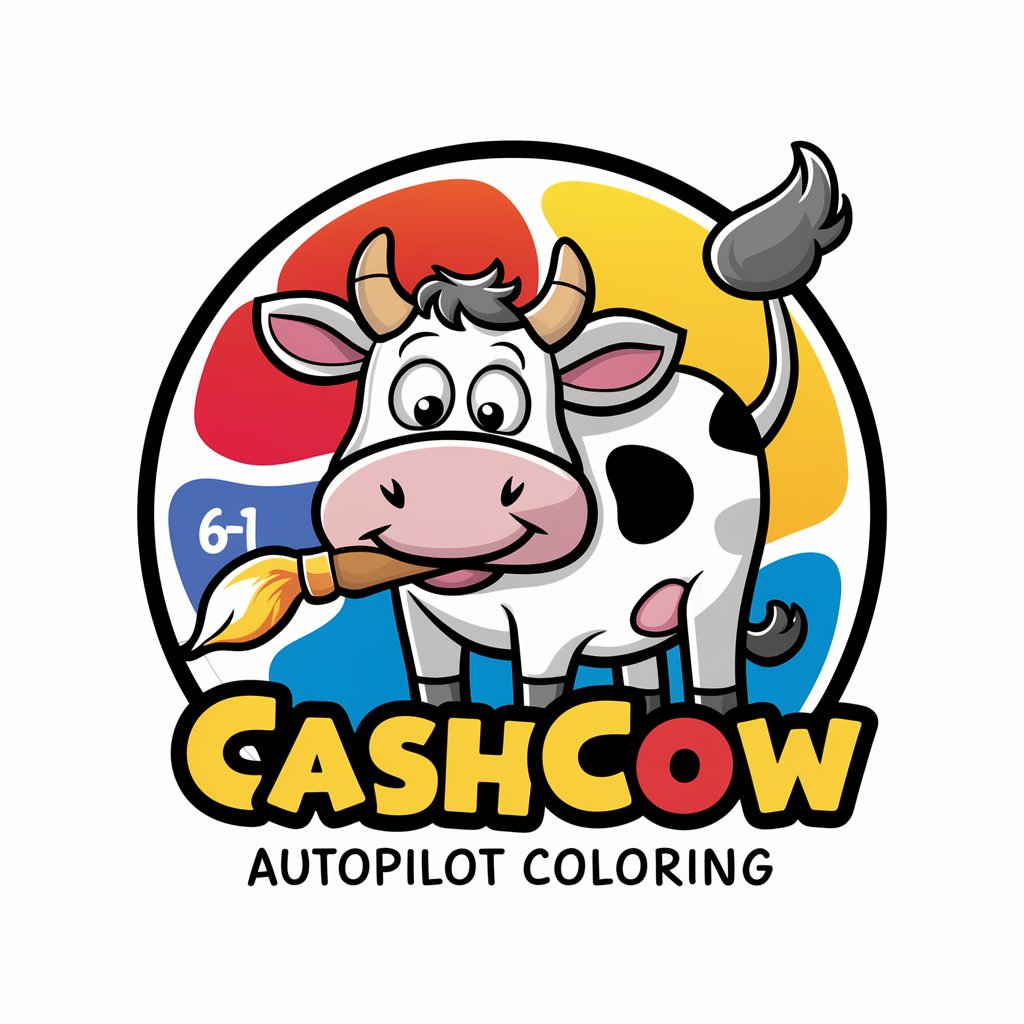
Content Master | By GPTify™
Empowering Writing with AI

Code Companion
Elevate Your Code with AI

Design Briefing Creator
Craft Perfect Design Briefs with AI

SalesGPT
Enhance your sales with AI.

Cocon et maillage
Harness AI to Cluster and Link Content

GrammarGPT
Empowering Writing with AI Precision

Research Buddy
Your AI-powered Research Partner

Proofreader
Perfect Your Text with AI Precision
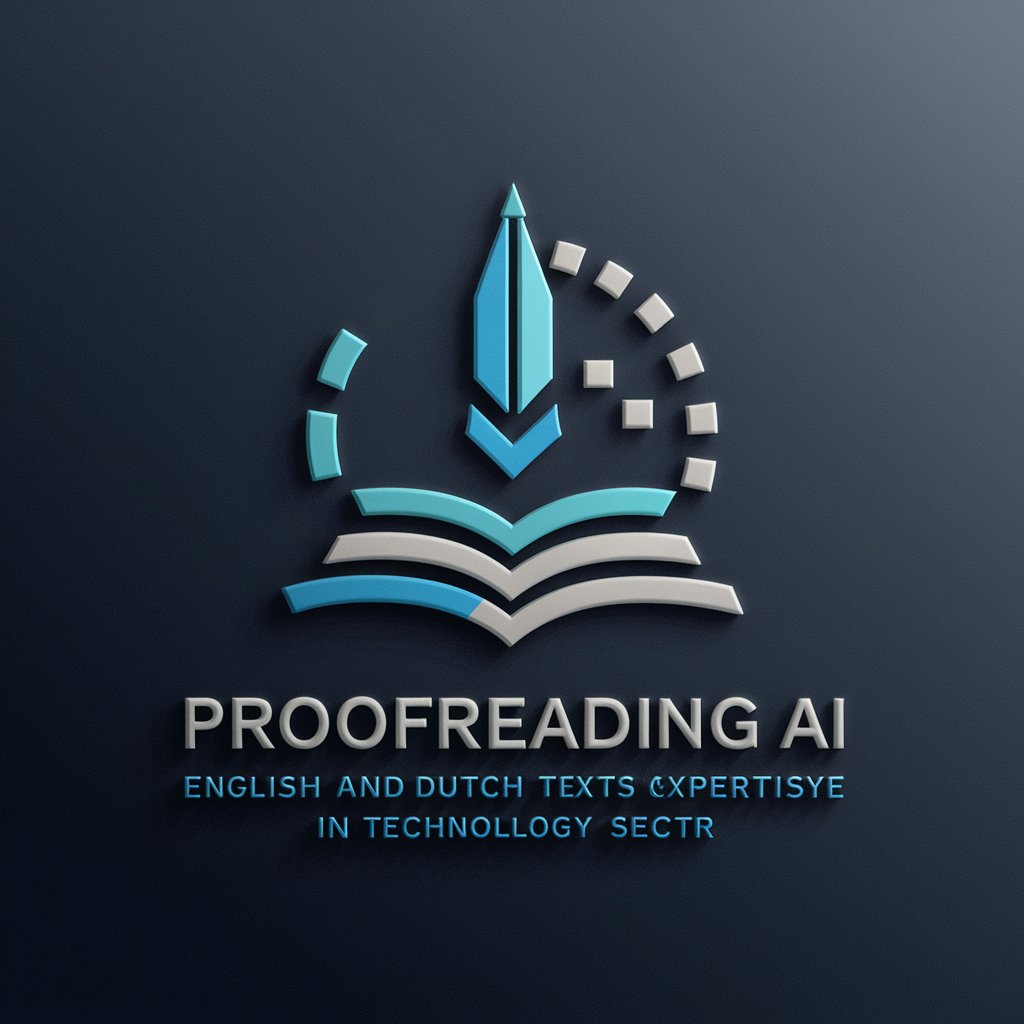
SheikhGPT
Bridging Faiths with AI

Common Questions and Answers About PHP
What is PHP?
PHP is a popular open-source server-side scripting language designed for web development to create dynamic web pages and applications.
How can I install PHP on my system?
You can install PHP by downloading it from the official PHP website or using pre-packaged solutions like XAMPP, WAMP, or MAMP, which include PHP, Apache, and MySQL.
What are common use cases for PHP?
PHP is commonly used for creating dynamic web pages, developing server-side applications, managing database interactions, and building Content Management Systems (CMS) like WordPress.
How do I connect PHP to a MySQL database?
You can connect PHP to a MySQL database using the `mysqli` or `PDO` extension, providing functions and methods to execute queries and manage database operations securely.
What are PHP frameworks, and why use them?
PHP frameworks like Laravel, Symfony, and CodeIgniter provide pre-built modules, libraries, and tools to streamline and enhance the development process, promoting best practices and reducing repetitive code.


